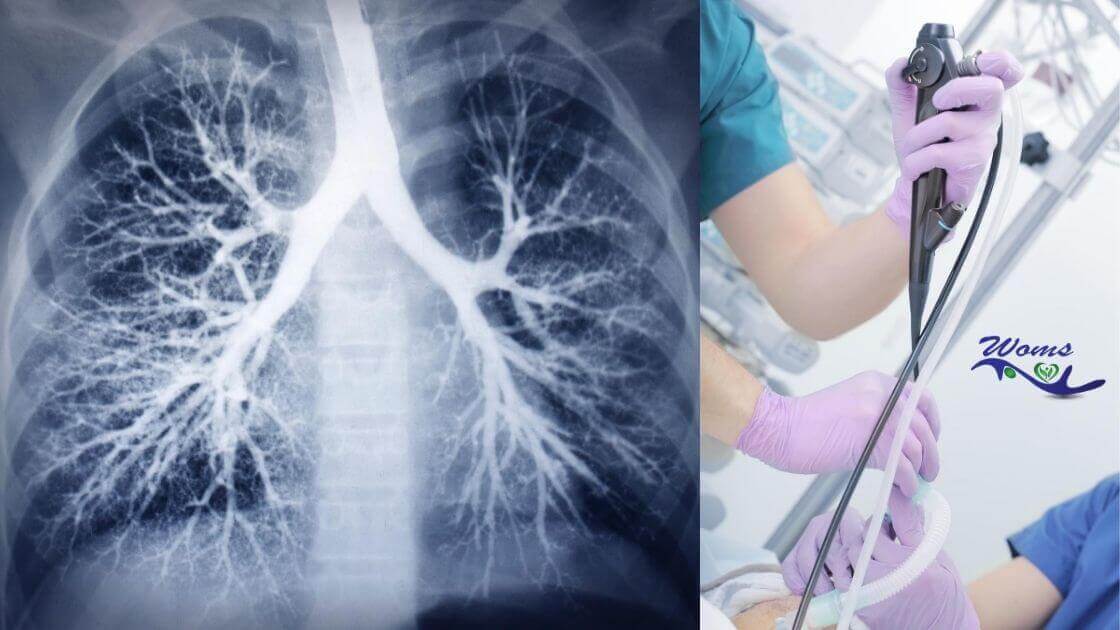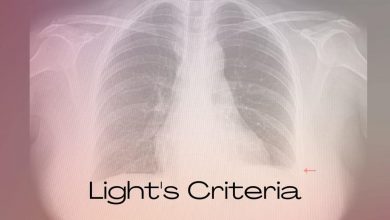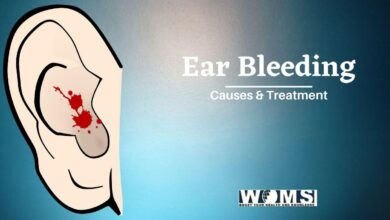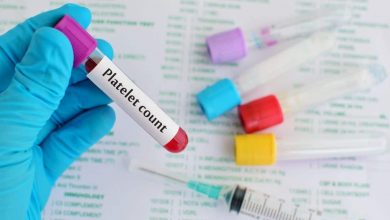All you need to know about pulmonary toilet

What is pulmonary toilet?
The pulmonary toilet was a term used initially used but now instead of it, pulmonary hygiene is used. Pulmonary bronchial hygiene is also called chest physiotherapy. So, you might be confused by hearing the name pulmonary toilet. You may have questions like what does it mean and why it is important and other following questions too. So let’s know about it more.
Pulmonary hygiene is some exercise and procedure which is used to clear our airways of mucus and other secretions. It helps to provide sufficient oxygen to the lungs and also ensures whether our respiratory system is working well or not.
Some techniques like Deep breathing, lung exercises, and tapping on the chest fall under the category of the pulmonary toilet. It is useful to the person suffering from chronic diseases like cystic fibrosis and COPD. There is no evidence but many people have said they had felt relieved from their symptoms after doing it.
It can be done in-home but for some requires medical personal supervision.
Methods of pulmonary toilet
There are different methods used for pulmonary toileting. Some of the methods of the pulmonary toilet are discussed below:
- Suctioning of airways
- Chest physiotherapy
- Blow bottles
- Naso-tracheal suction.
Suctioning of airways
Suctioning of airways refers to the collective measure for pulmonary bronchial hygiene. It involves suctioning, clearing secretions, and maintaining the patency of the airways. There are different types of suctioning of airways which include nasal (in the nose), oral (mouth), nasopharyngeal and oropharyngeal (throat), and deep suctioning.
Chest physiotherapy
Chest physiotherapy is also a type of pulmonary toilet or pulmonary hygiene performed by the physical therapist and respiratory therapist. In chest physiotherapy, the differences are of the chest are percussed to help release and move the mucus towards the center of the chest. The chest percussion is done for two minutes in each different position.
Blow bottles
Blow bottle is a device used for pulmonary hygiene which consists of two 1-L bottles connected to a tube used to prevent lung disease like atelectasis. It helps to maintain lung expansion in postsurgical patients. These blow bottles are widely used for pulmonary bronchial hygiene.
Naso-tracheal suction
Naso-tracheal suctioning (NTS) is the process of maintaining pulmonary hygiene by insertion of a suction catheter. It is done to aspirate accumulated secretions of the foreign body which the process is called the pulmonary toilet.
Application of pulmonary toilet
The application of pulmonary toilet is as follow:
- Pulmonary hygiene is used for counteracting infections such as pneumonia.
- It is also used in the management of conditions such as pneumonia and cystic fibrosis.
- It is used to counteract infections and lung abscesses in people with chronic lung disease.
- Pulmonary bronchial hygiene is also used to counteract acute respiratory distress syndrome after chest trauma.
- Pulmonary hygiene can be also used as the treatment plan for muscular dystrophy, asthma, chronic obstructive pulmonary disease (COPD), emphysema, and bronchitis.
Pros of pulmonary toilet
- Pulmonary toilet prevent atelectasis which is known as the breakdown of the alveoli of the lungs
- It abolishes the respiratory system of secretions which may cause pulmonary infections.
- It can lessen pulmonary shunting.
- Pulmonary hygiene broadens the functional reserve capacity of the lungs.
- It prevents respiratory infections after chest agony.
Words from WOMS
A pulmonary toilet is a group of exercise and procedure especially beneficial for people suffering from chronic illnesses like cystic fibrosis and COPD. It is mainly focused on clearing the airways or your respiratory system from mucus or other secretions. There are various methods for the pulmonary toilet. Precautions should be taken while doing it cause some require medical personal guidance.
General FAQs
What is broncho-pulmonary hygiene?
Broncho-pulmonary hygiene in the form of chest physiotherapy which includes chest percussion and postural drainage. It is done in order to remove lung secretions. It is applicable for both acute and chronic airway diseases.
Why is it called pulmonary toilet?
The colloquy pulmonary refers to lungs and “toilet” is related to French toilette. This ascribes to body care and hygiene.
Is lemon good for lungs?
Lemon contains vitamin C which is full of antioxidants. So lemon is good for health because it promotes lung health.




